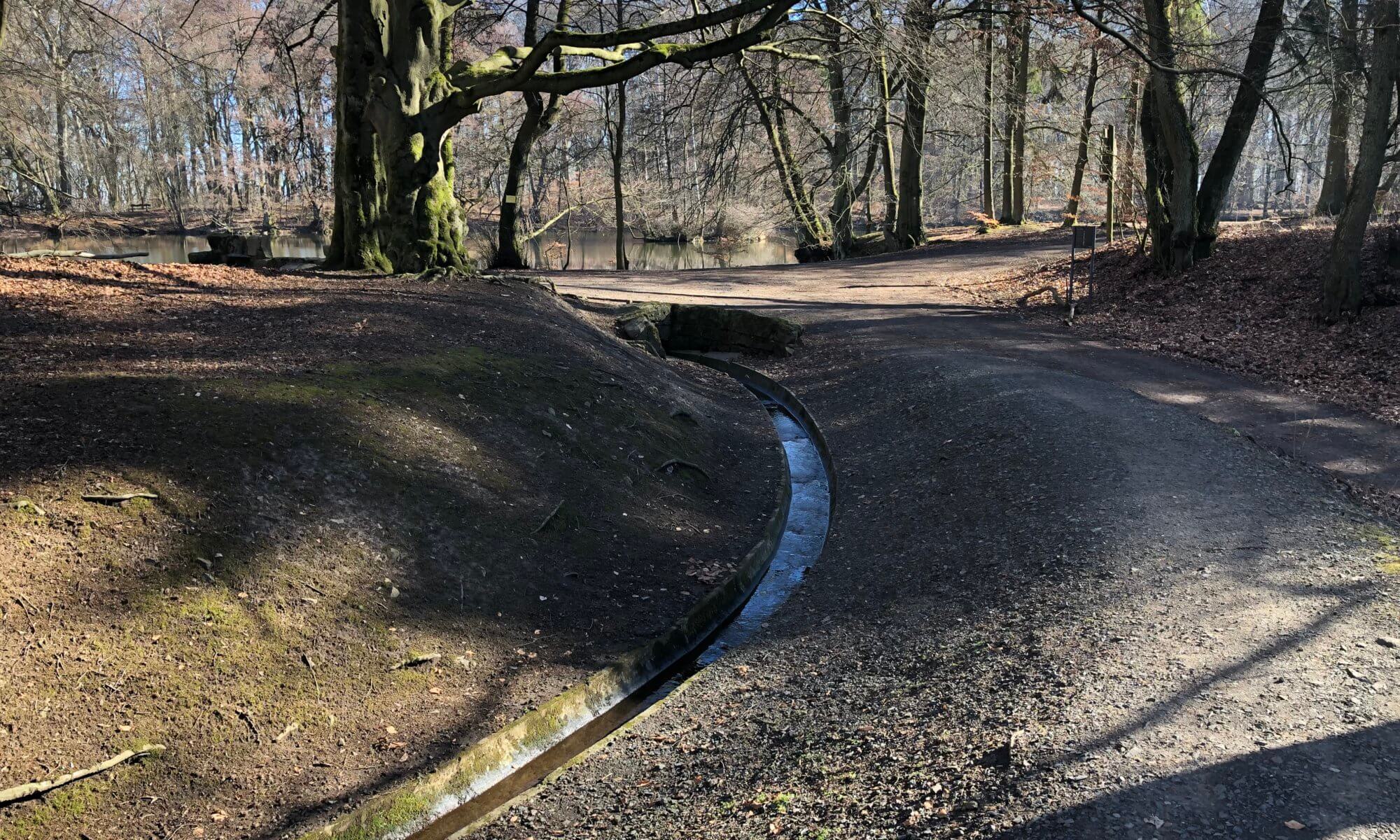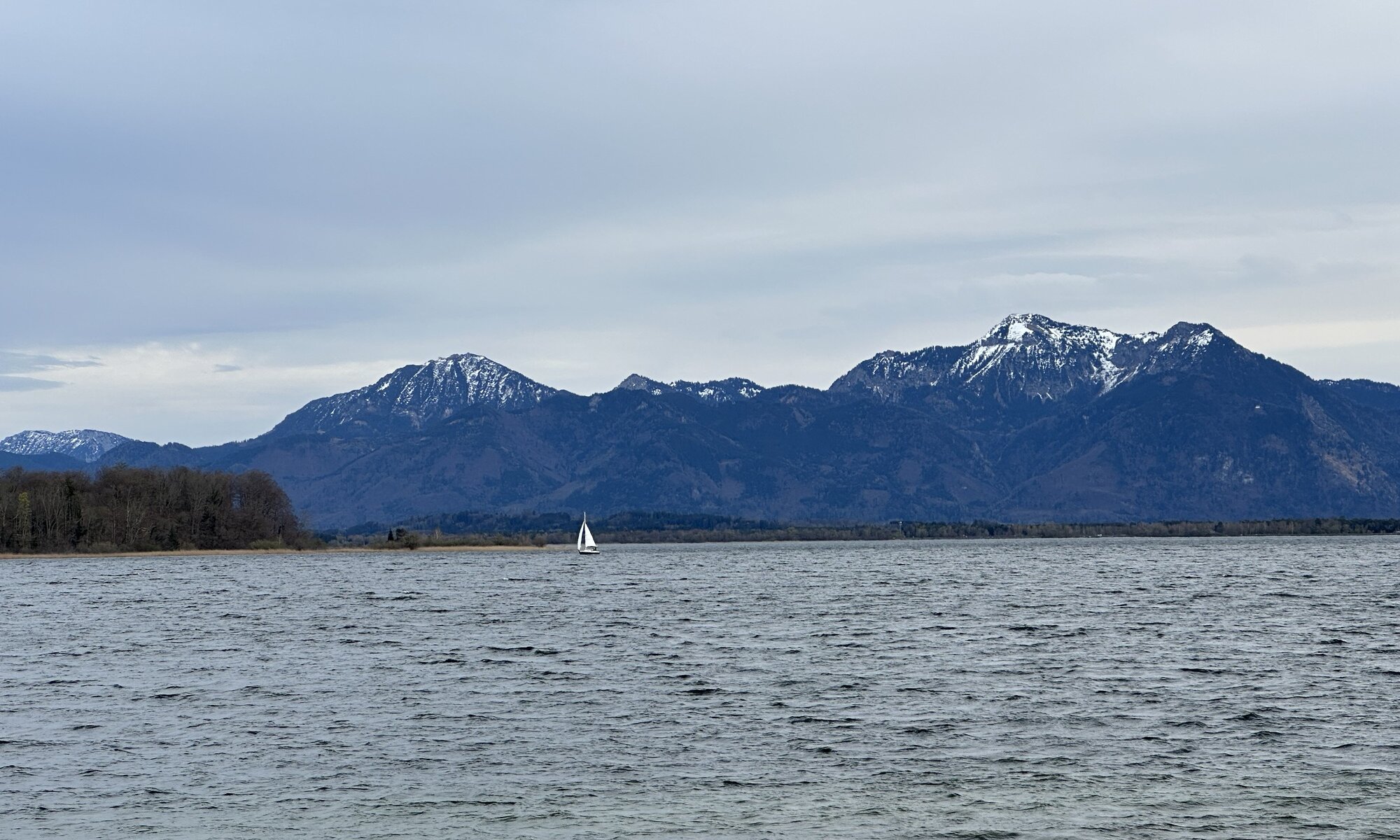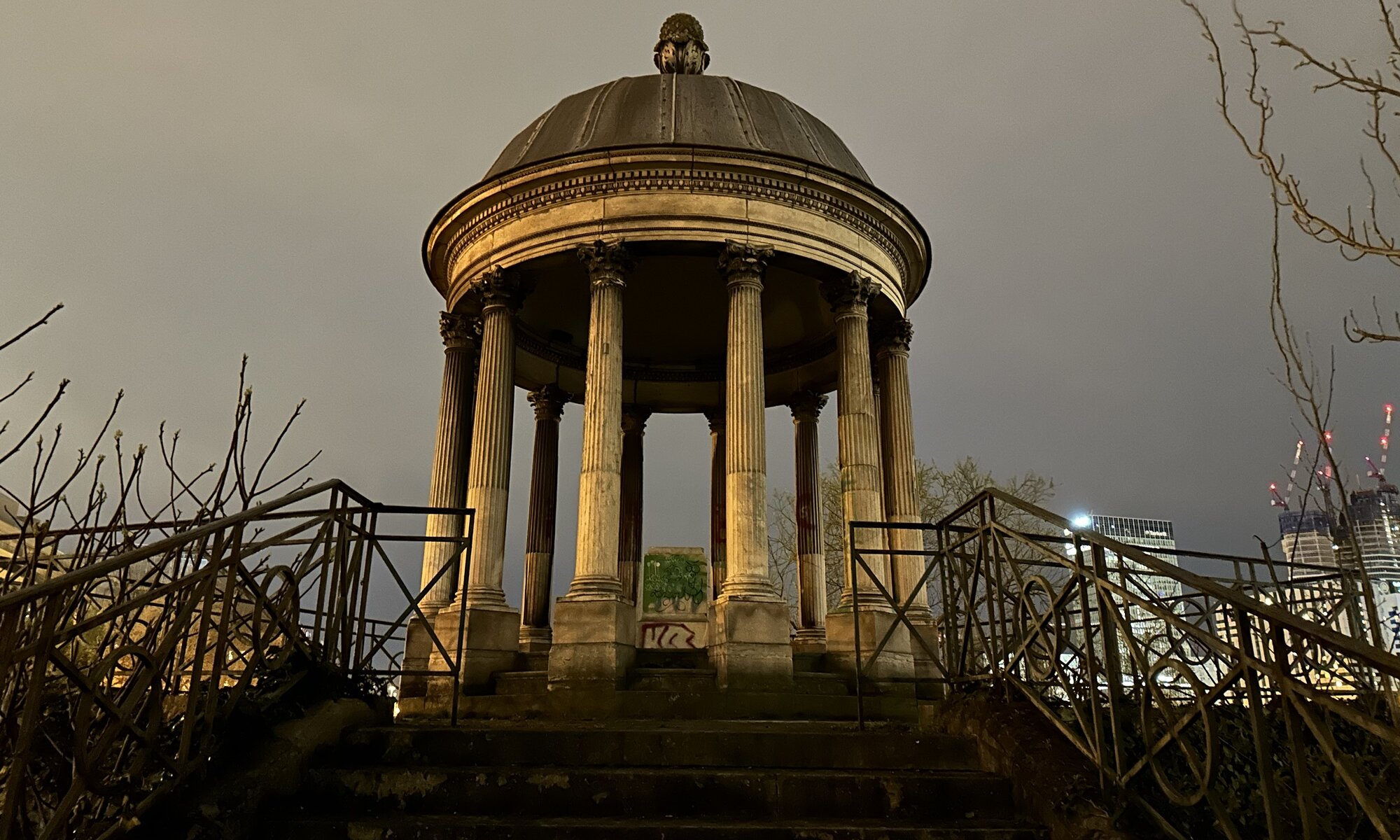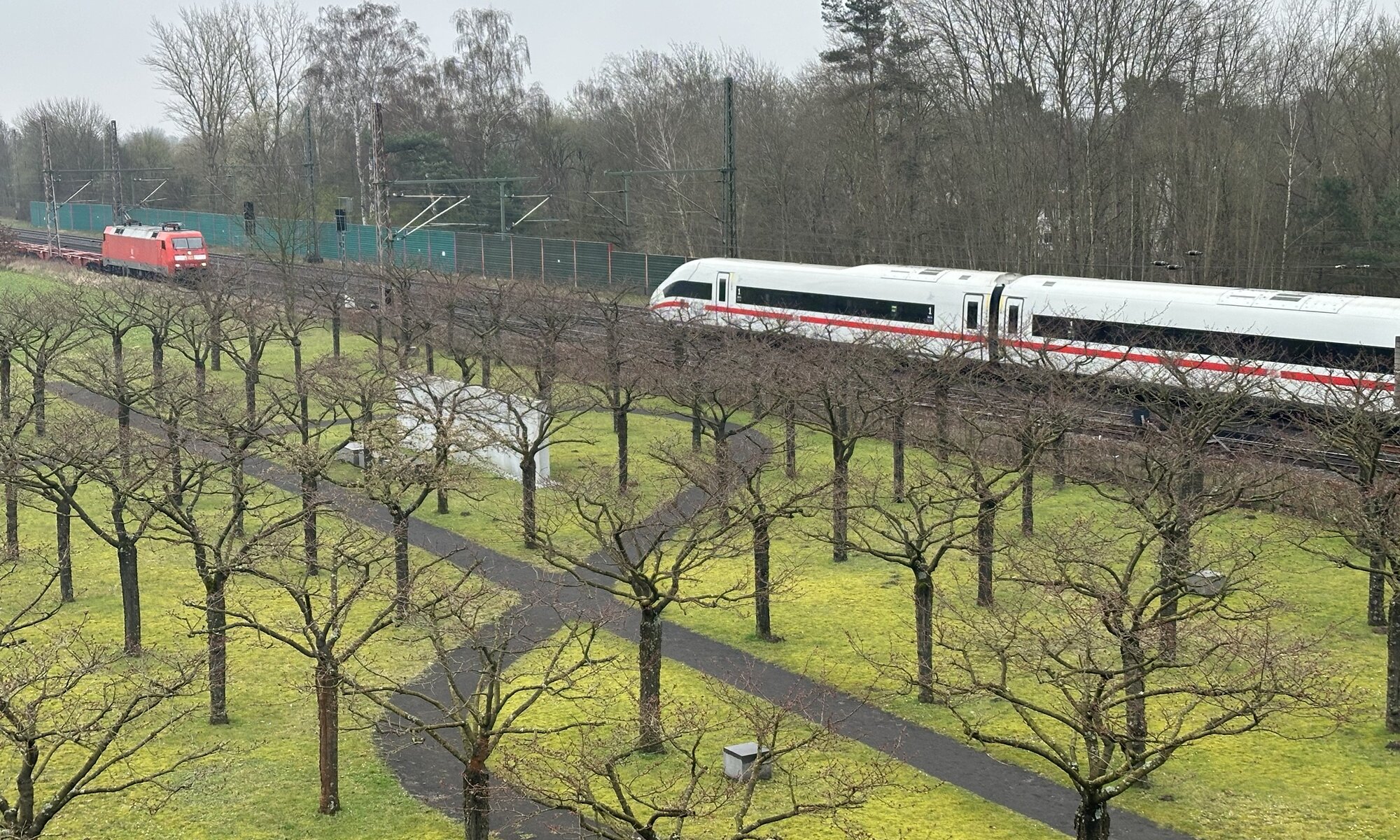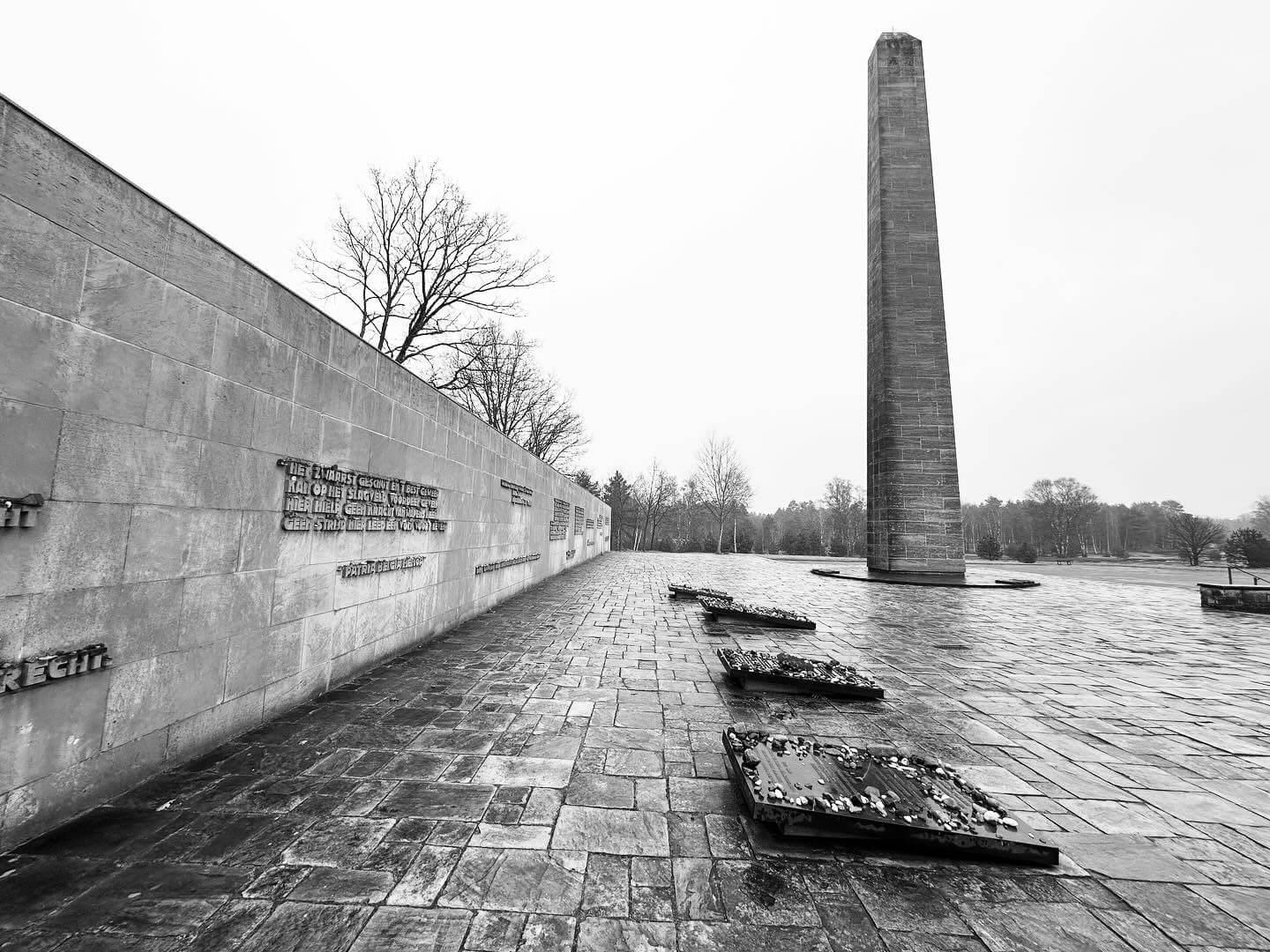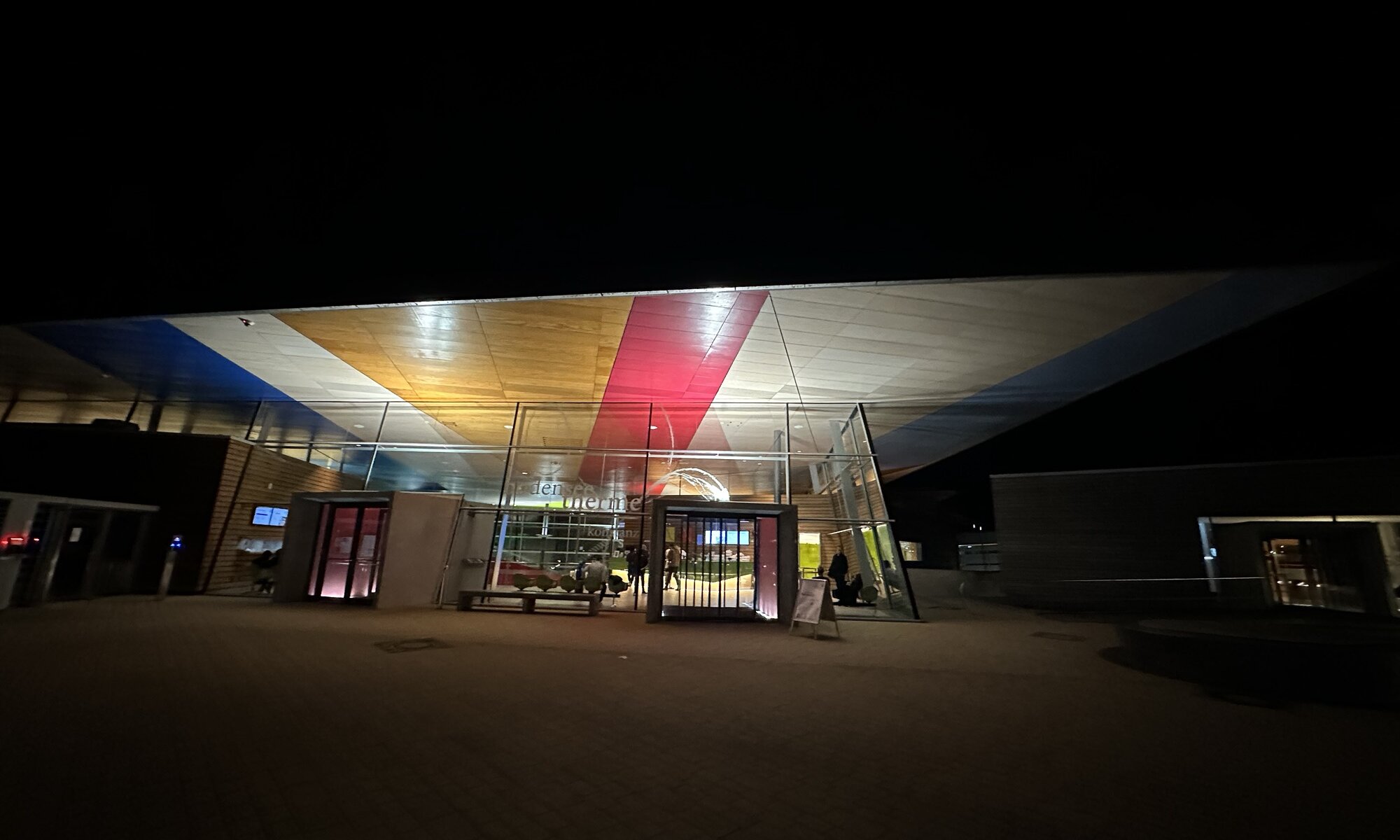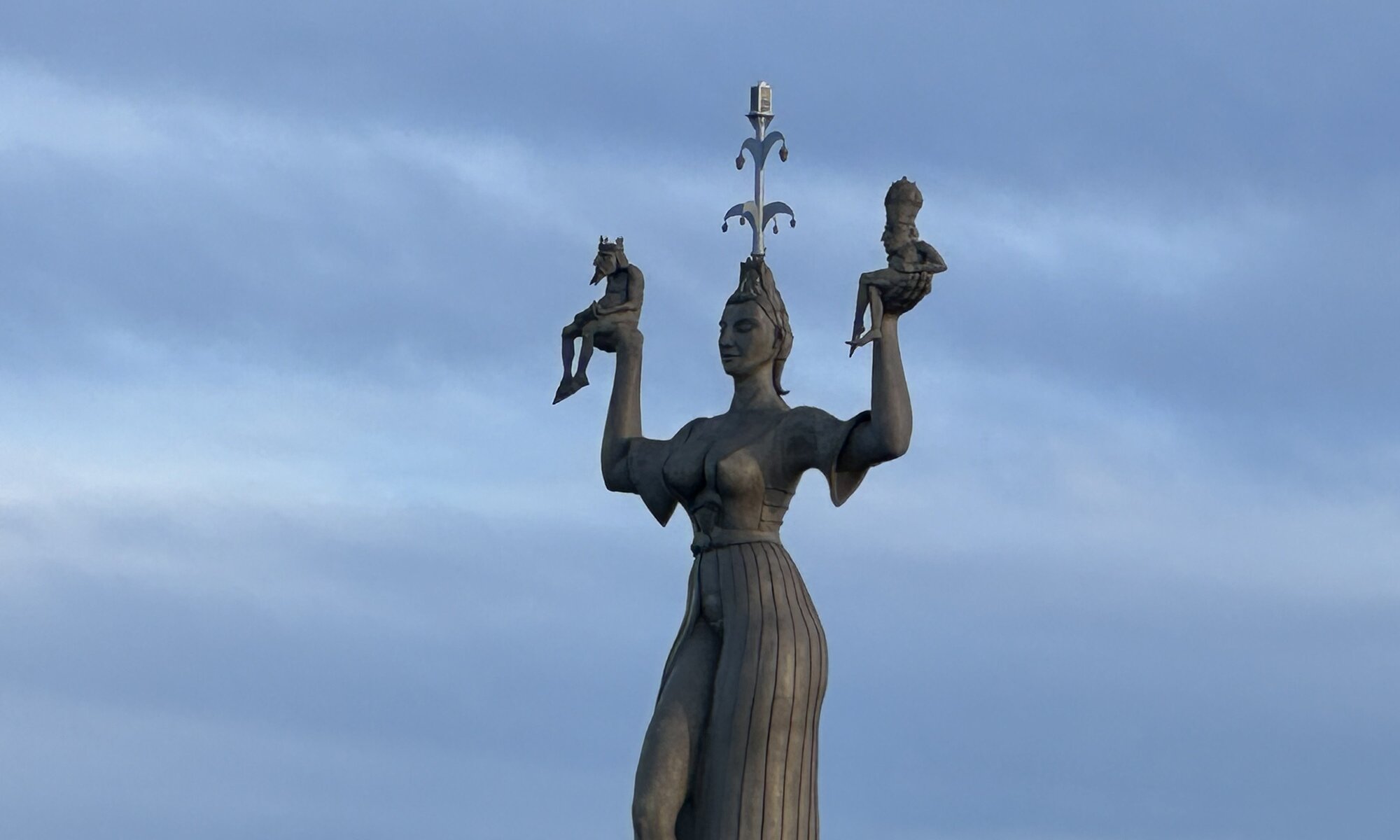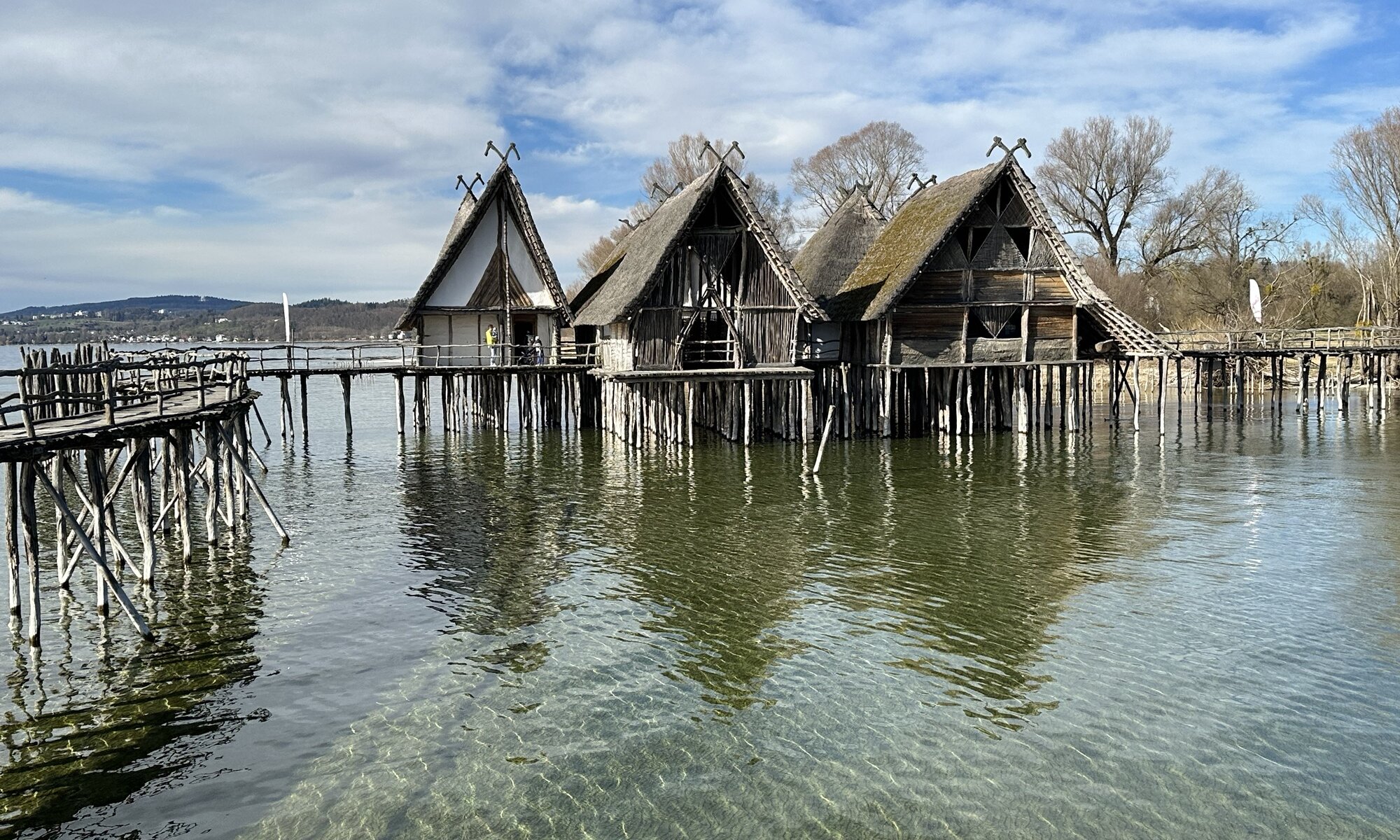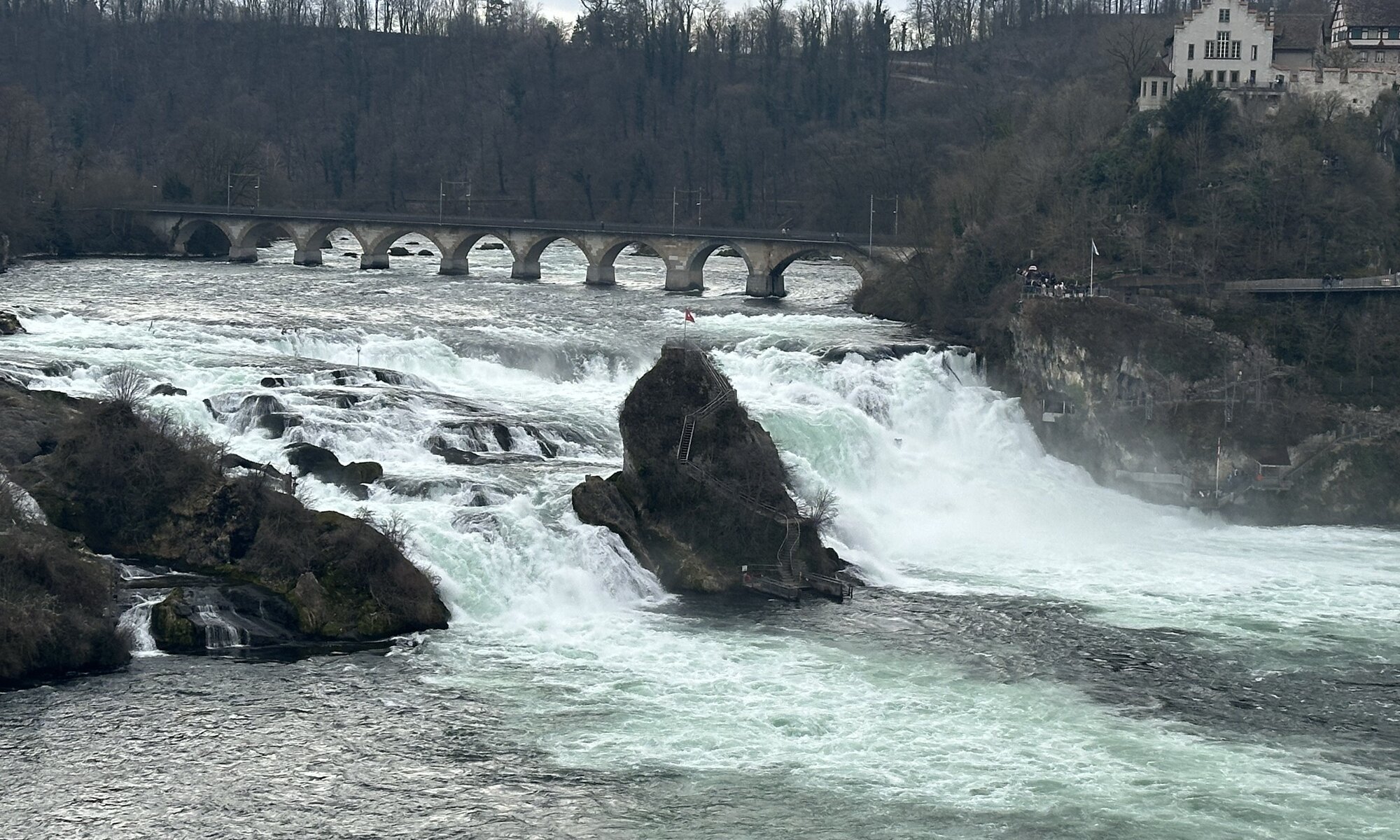In the Southeast of Germany you can find the Chiemsee, the largest lake of Bavaria and after the Lake Constance and the Müritz the third-largest one of Germany – therefore it is also called Bayerisches Meer (Bavarian Sea). It is named after the settlement of Chieming close to the lake and was originally created by a glacier 10,000 years ago. Within the lake you can find four islands (Herreninsel, Fraueninsel, Krautinsel, Schalch) of very different sizes.
Continue reading “Bavarian Sea”Tour Montparnasse
The Tour Eiffel is the highest building at Paris, the second highest one – clearly visible on the skyline of the city – is the Tour Montparnasse next to the Gare Montparnasse at the 15eme arrondissement. It was inaugurated in 1973 and is 210 meters high, 120 meters smaller than Eiffels iconic building. But nevertheless it is still today controversial, as only these two buildings stand out in this part of the city. The Tour Montparnasse was designed in the International Style and has 59 floors.
Continue reading “Tour Montparnasse”Île de la Grande Jatte
Northwest of Paris you can find a famous river island within the Seine, the Île de la Grande Jatte. It partially belongs to Levallois-Perret and to Neuilly-sur-Seine and is today a nice residential area reachable via different bridges – but in earlier days it looked completely different. In 1818 the Duke of Orléans bought the island as a new home, created a park and his family was also the sponsor of the Temple de l’amour which you can find today at the southern end of the island. By that time the island was only accessible by boat and different painters went there to create artworks well-known today.
Continue reading “Île de la Grande Jatte”Eschede
I’ve been using high-speed trains in Germany very often and always felt secure. Travelling by train is one of the most secure means of transport and there are many technical measures that ensure this, including the European Train Control System (ETCS), dedicated allowances to use a railway track as well as automated braking the train if the train driver is not responding or the train too fast. When travelling by car you have a 164 times higher risk to get injured than in a train. But even a system like this can never be 100 % secure and we all had to learn that on June 3rd, 1998, when the most severe accident of European high-speed trains happened close to a small city in Lower Saxony.
Continue reading “Eschede”Bergen-Belsen
The horror of Bergen-Belsen evolved over time. First, this place located between Celle and Soltau was a military training ground, then it became a camp for prisoners of war from France, Italy and the Soviet Union. From 1943 on the SS turned parts of the camp site into concentration camp; some of the Jewish inmates were planned to be exchanged against Germans detained outside of Germany, others were transported further on to extinction camps. At the end of the World War II concentration camps close to the battle zones were evacuated and tens of thousands were brought to Bergen-Belsen. Overall 38,000 humans died on this soil while the concentration camp was operating. Unfortunately around 14,000 died after the liberation because of illnesses and bad supply.
Continue reading “Bergen-Belsen”Illuminated
The region around Lake Constance is one which offers a lot for tourists and especially for the cold and rainy days that happen throughout the year multiple spas have been created along the shore of the lake. The one closest to Konstanz is the Bodensee-Therme, an indoor and outdoor pool as well as a sauna three kilometers afar from the city center. In summer times you can also jump into the lake for relaxation. The Bodensee-Therme is beautifully illuminated at night and the best feature is the nice view on the lake from the outside pool.
Continue reading “Illuminated”Imperia
If you mention the city of Konstanz to me the first thing that pops up in my head is the image of Imperia, the female statue standing at the harbor entrance of Konstanz. The funny thing is: it is a modern statue created by Peter Lenk and inaugurated in 1993. The 18 tones heavy statue is rotating continuously and already has become an icon if the city – and that is special because of what it is showing: a prostitute holding a naked pope and a naked king in her hands.
Continue reading “Imperia”Pfahlbauten
Once you reach the Pfahlbaumuseum at Unteruhldingen you will be astonished: within the Lake Constance and at its shore there are more than twenty different houses standing on wooden poles. You can walk on elevated paths and platforms around them, get inside and experience how life in this region was more than 6,000 years ago. Of course these buildings are all reconstructions, but they’re based on archaelogical work. The water preserved the timber, the construction dates can be read from the wood and the findings from the ground of the lake are on display at the museum.
Continue reading “Pfahlbauten”Rheinfall
The Rhein is 1232 kilometers long river collecting its waters in Switzerland, running through nine European countries, crossing two lakes (Lake Constance & Tomasee) and reaching the North Sea at the Netherlands. As one of the two main border rivers it is mostly known as a wide stream which is also used for shipping goods and people. No one would expect a waterfall within the Rhein – but there is one: at Schaffhausen in Switzerland. The Rheinfall is 150 meters wide and 23 meters deep. Next to it you can find the Schloss Laufen and the Schlössli Wörth, two nice little castles.
Continue reading “Rheinfall”Fürstentum
Liechtenstein is a very special country surrounded by Switzerland and Austria: the sixth smallest country in the world, under 40,000 inhabitants, a constitutional monarchy with a 25-person parliament and a conservative ruler with a veto-right living in a castle high above the capital village Vaduz (5,000 inhabitants). The people speak German, the country is part of UNO and the European Economic Area but not the European Union. You can pay with the Swiss franc, the country is in a customs union with Switzerland and doesn’t have an army. Beloved are Ribel, Käsknöpfle and local wine – and since 1984 even women are able to vote (but it was a close decision).
Continue reading “Fürstentum”